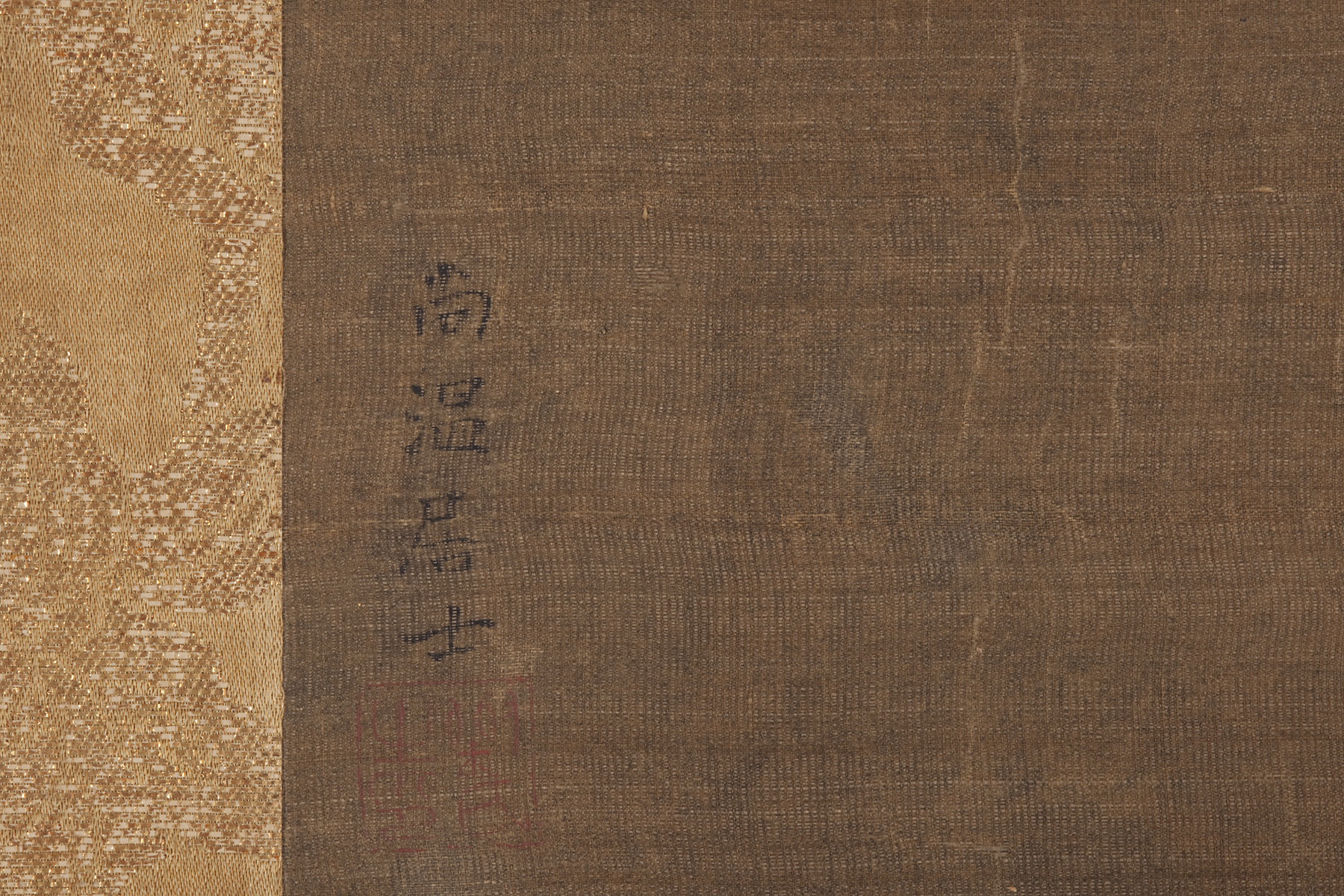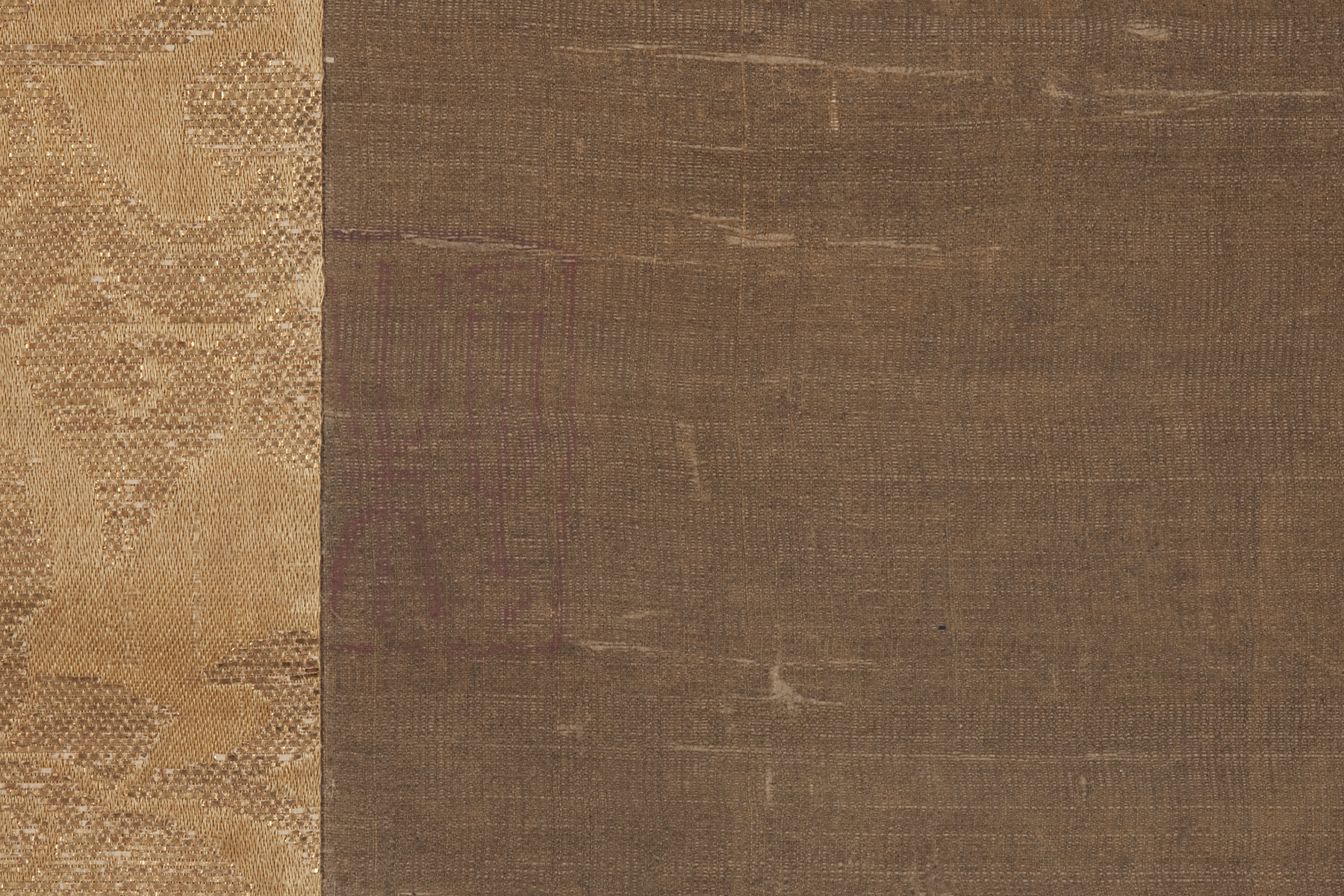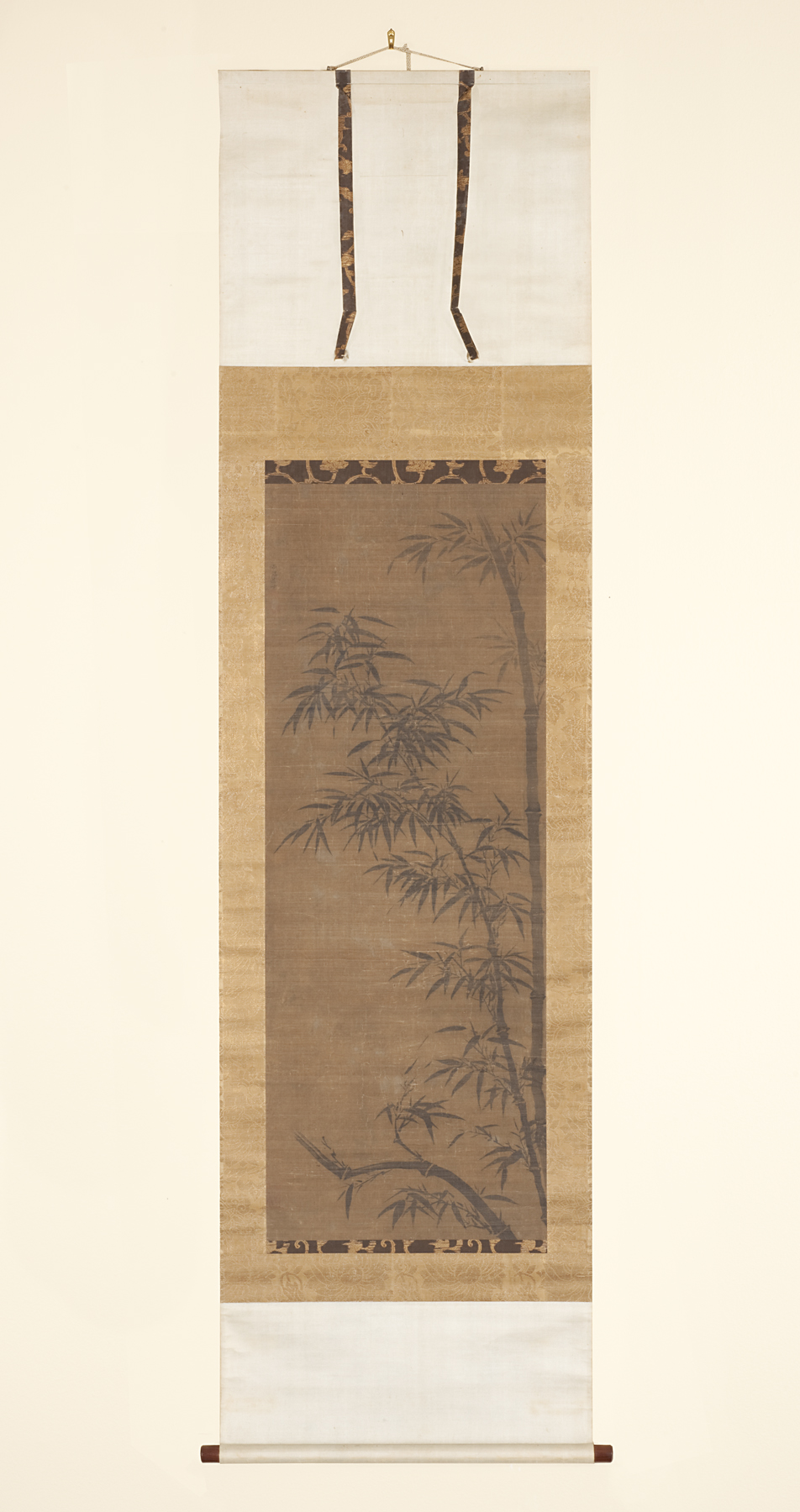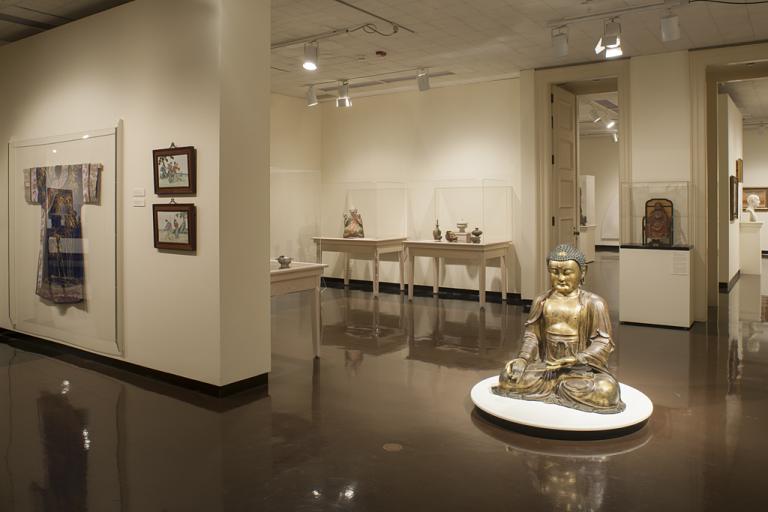Bamboo, Liu Shangwen
Artwork Overview
Liu Shangwen, artist
active late 1200s–early 1300s
Bamboo,
Yüan dynasty (1279–1368)
Where object was made: China
Material/technique: silk; ink
Dimensions:
Mount Dimensions (Height x Width x Depth): 158 x 54 cm
Mount Dimensions (Height x Width x Depth): 62 3/16 x 21 1/4 in
Image Dimensions Height/Width (Height x Width): 109 x 40.5 cm
Image Dimensions Height/Width (Height x Width): 42 15/16 x 15 15/16 in
Mount Dimensions (Height x Width x Depth): 158 x 54 cm
Mount Dimensions (Height x Width x Depth): 62 3/16 x 21 1/4 in
Image Dimensions Height/Width (Height x Width): 109 x 40.5 cm
Image Dimensions Height/Width (Height x Width): 42 15/16 x 15 15/16 in
Credit line: Museum purchase: R. Charles and Mary Margaret Clevenger Fund
Accession number: 2001.0065
Not on display
If you wish to reproduce this image, please submit an image request






